The 1964 Fairlane Thunderbolt stands as a pivotal model in the history of American muscle cars. Designed as a factory-built drag racer, this car combined engineering innovation with raw power to dominate the drag strip. Here are ten facts that highlight its significance and enduring legacy.
Origins of the 1964 Fairlane Thunderbolt
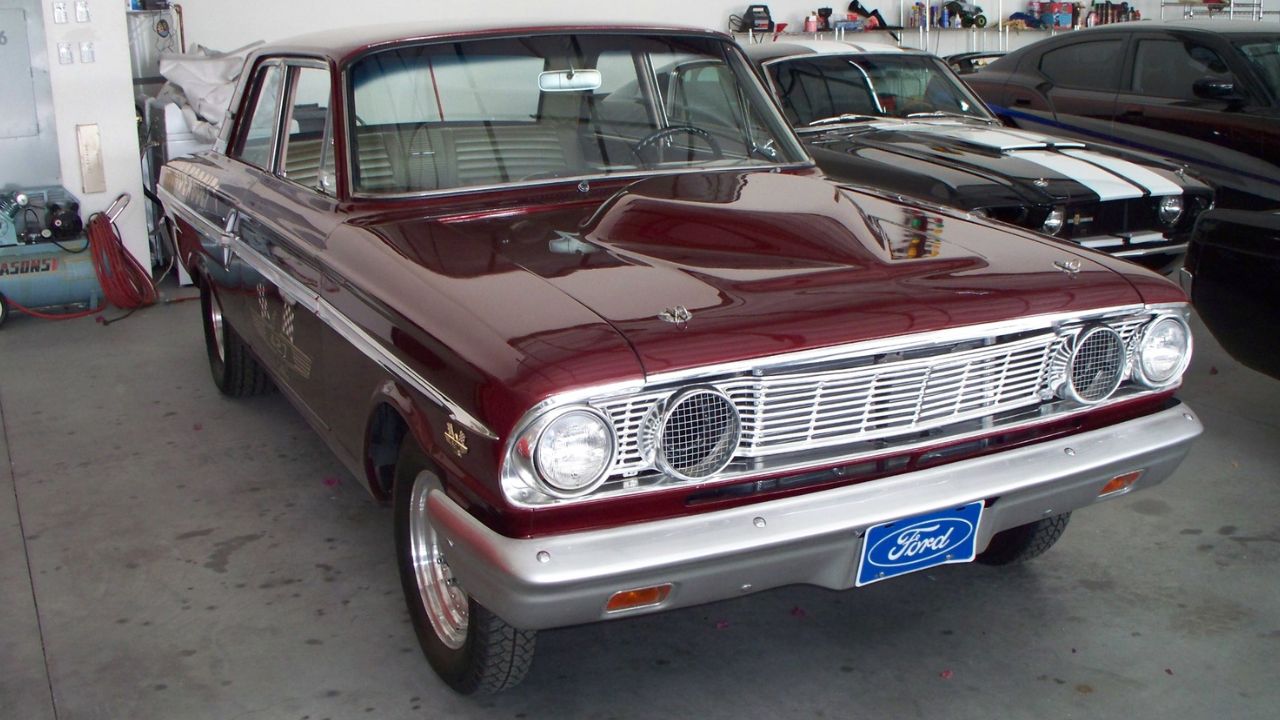
The Thunderbolt was born out of Ford’s ambition to compete in the National Hot Rod Association’s (NHRA) Super Stock class. Ford used the Fairlane body, a mid-sized car, as the foundation and transformed it into a drag racer by incorporating high-performance parts. This marked a strategic move to challenge competitors and assert Ford’s dominance in the racing scene.
Developed in collaboration with Dearborn Steel Tubing, the Thunderbolt project was a testament to Ford’s commitment to performance engineering. Its creation was a direct response to the competitive pressures of the early 1960s, where automakers were vying for supremacy on the track. The Thunderbolt quickly became a symbol of Ford’s innovation and racing prowess.
Unique Design Elements
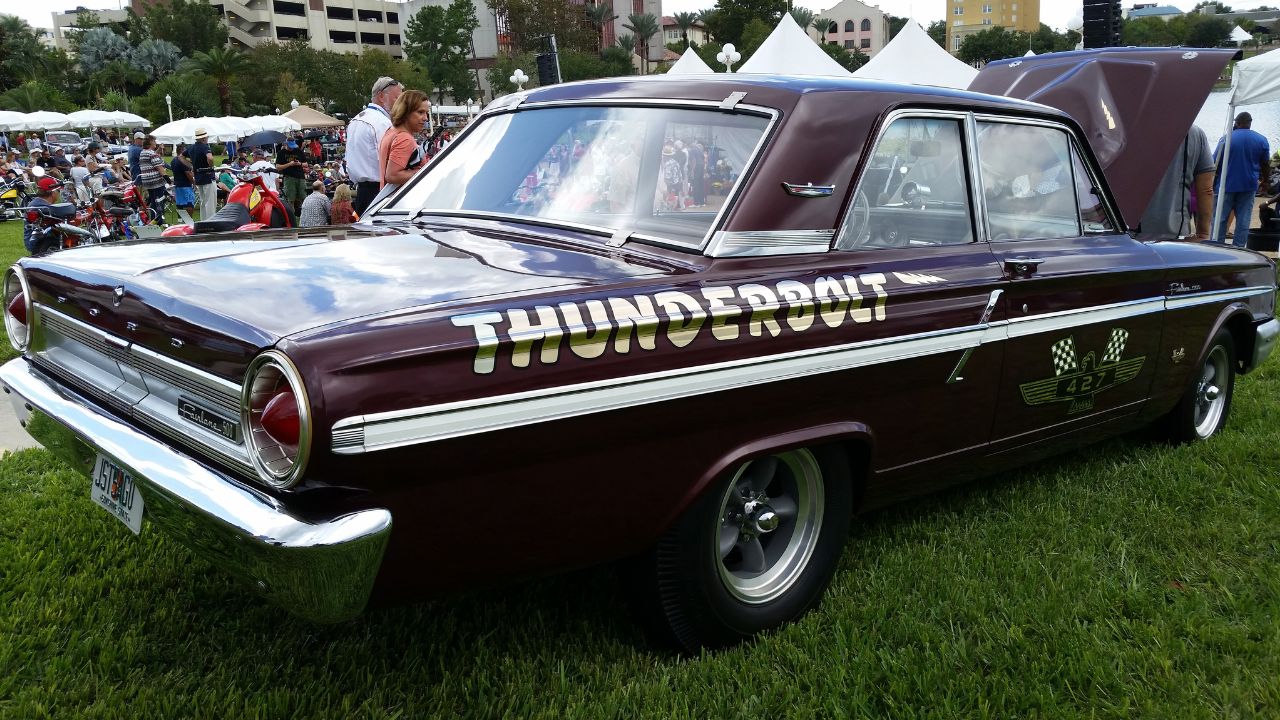
The Thunderbolt’s design was a blend of practicality and performance. One of its most distinctive features was the functional teardrop hood scoop, which was not just for aesthetics but served to increase airflow to the engine. Inside, the car was stripped of non-essential elements, reflecting its racing intent.
Ford also made several modifications to the Fairlane’s chassis to handle the immense power of the engine. This included the addition of traction bars and a reworked suspension system. The result was a car that looked aggressive and was engineered to perform exceptionally on the track.
Engine Specifications
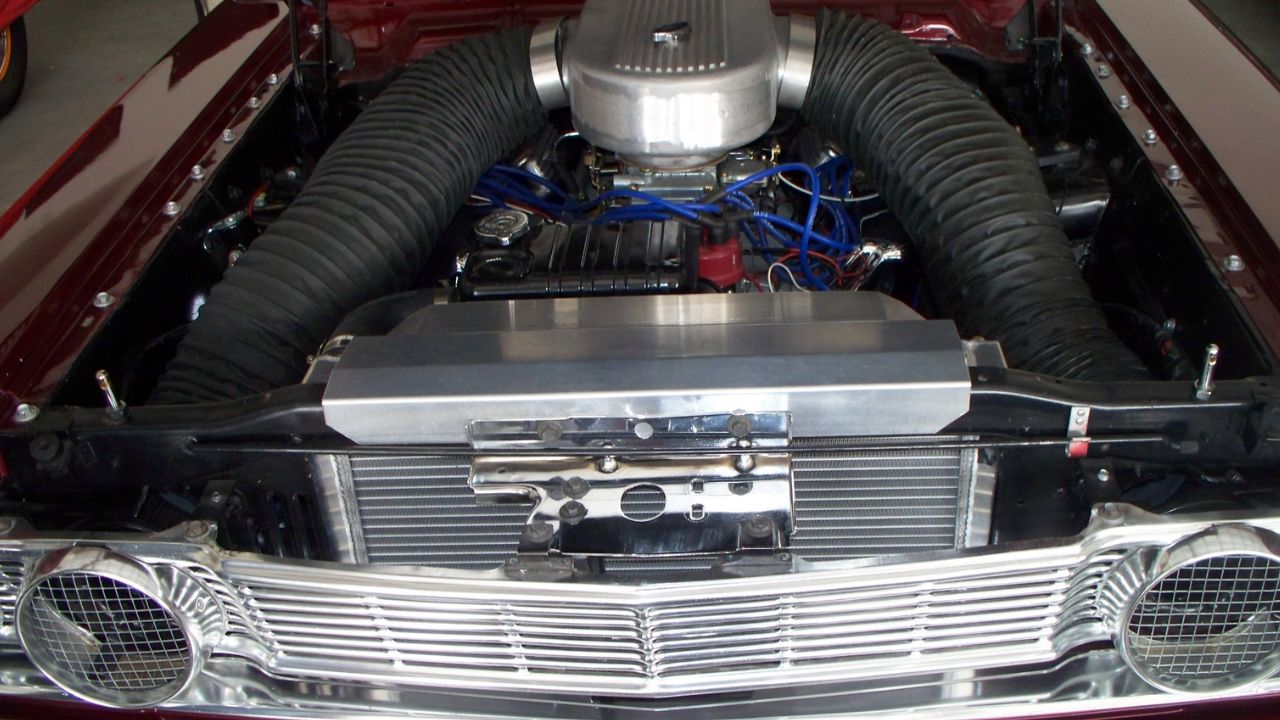
At the heart of the Thunderbolt was a high-output 427 cubic inch V8 engine. This powerhouse was capable of producing 425 horsepower, a remarkable feat for the time. The engine was equipped with dual Holley carburetors and an aluminum intake manifold, maximizing its performance capabilities.
The engine’s design was focused on delivering maximum power and reliability. Ford’s use of lightweight components, such as aluminum cylinder heads, contributed to the Thunderbolt’s impressive speed and acceleration. This engine setup not only defined the Thunderbolt but also set a standard for future muscle cars.
Lightweight Construction Techniques
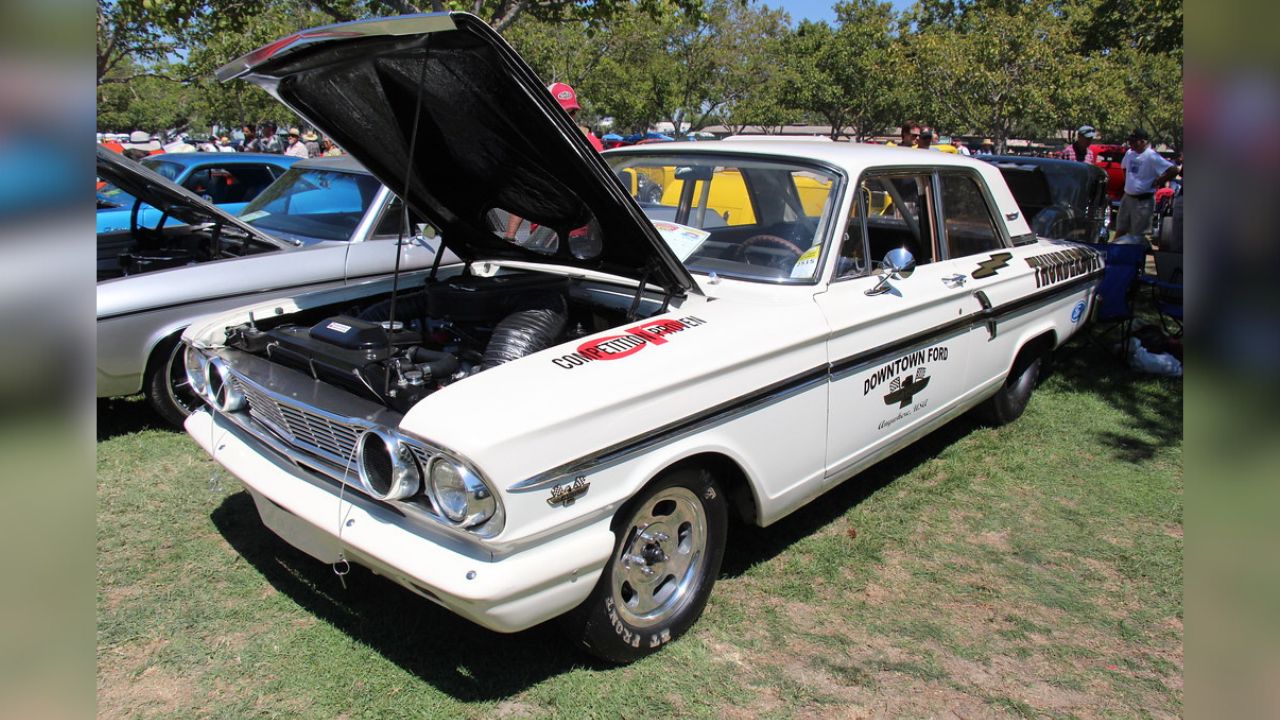
Ford employed various lightweight construction techniques to enhance the Thunderbolt’s performance. The use of fiberglass for the front fenders, doors, and hood helped reduce the car’s overall weight. Additionally, the interior was minimally equipped, devoid of luxury features and amenities.
These weight-saving measures were crucial in achieving the Thunderbolt’s impressive drag strip times. By focusing on reducing weight, Ford ensured that the car was not only fast but also agile, able to handle the demands of competitive racing with ease.
Performance on the Drag Strip
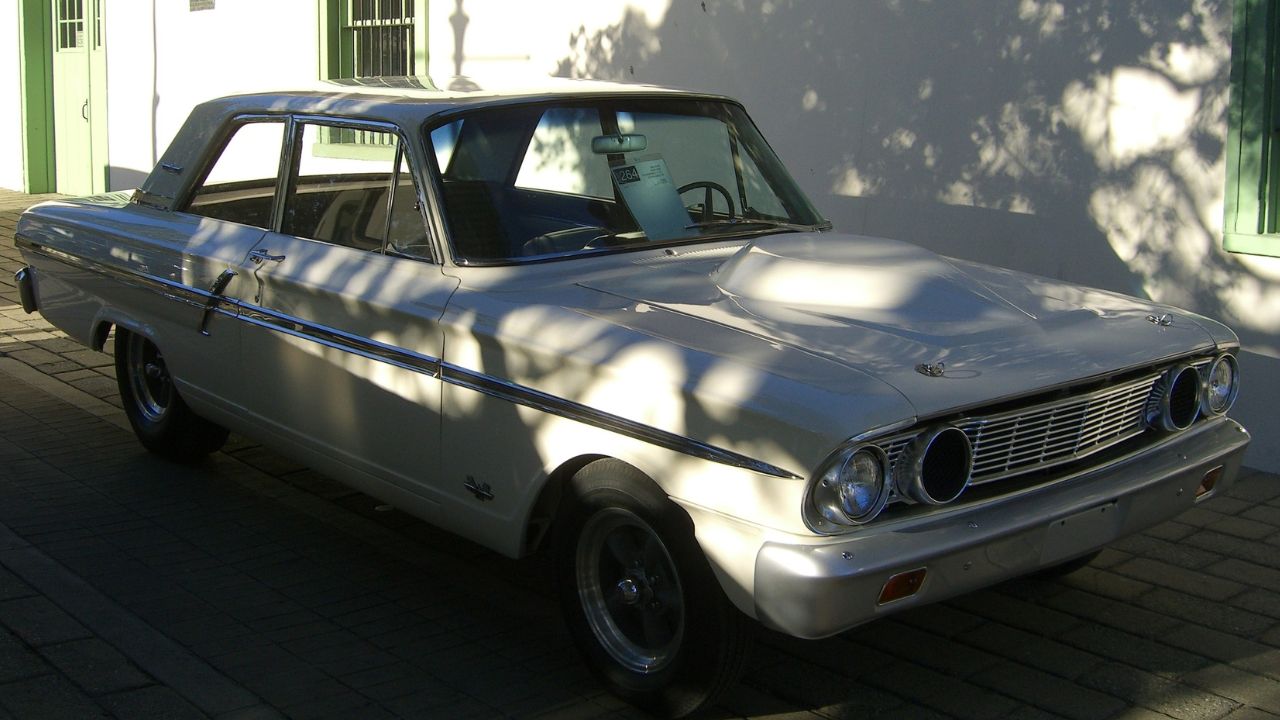
The Thunderbolt was designed with one goal in mind: to conquer the drag strip. It achieved this with aplomb, regularly clocking quarter-mile times in the low 11-second range. Its exceptional performance earned it a reputation as one of the fastest factory-built cars of its era.
Drivers and teams who piloted the Thunderbolt found it to be a formidable competitor. Its combination of power, lightweight design, and engineering innovation made it a dominant force, often outpacing its rivals and setting new benchmarks in the process.
Production Numbers and Rarity
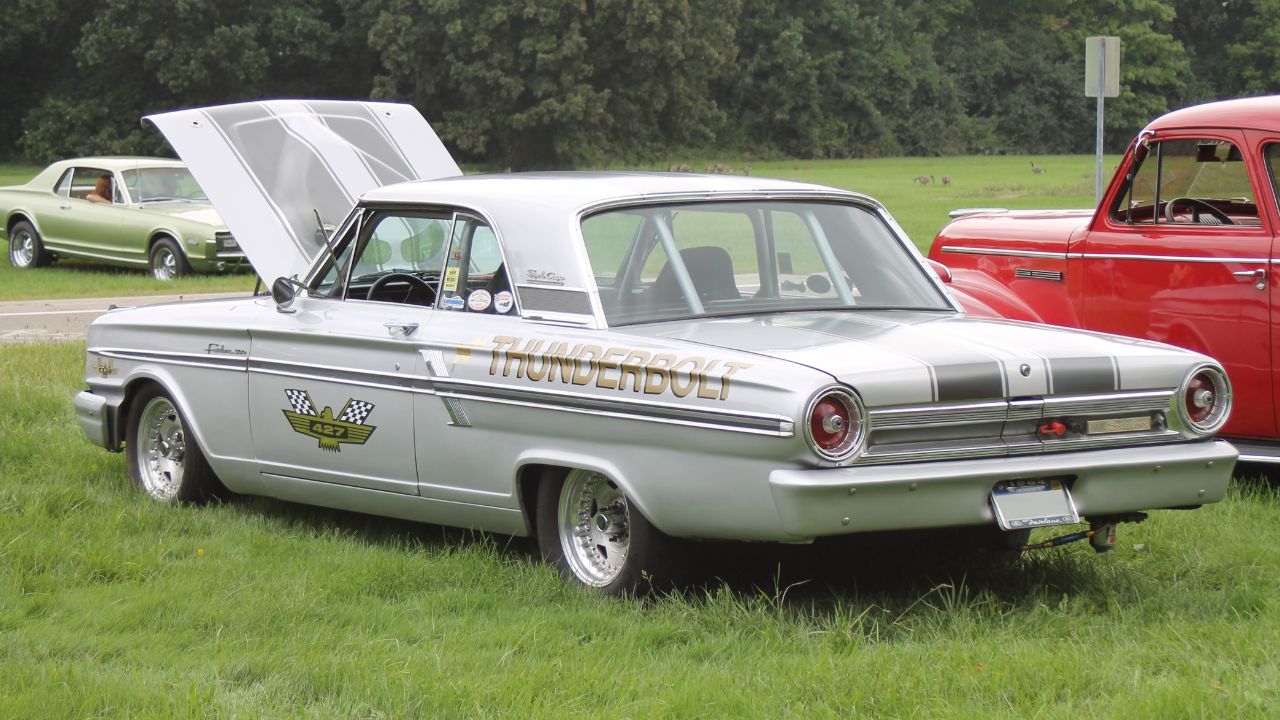
Ford produced a limited number of Thunderbolts, with only 100 units made in 1964. This exclusivity makes the Thunderbolt a highly sought-after model among collectors and enthusiasts. Each car was essentially hand-built, adding to its unique appeal.
The Thunderbolt’s rarity is a key factor in its enduring allure. With so few examples in existence, it stands as a prized possession for those lucky enough to own one, reflecting both its historical significance and its impact on the muscle car era.
Factory Modifications for Racing

The Thunderbolt came equipped with several factory modifications specifically for racing. These included a heavy-duty suspension system, specially designed exhaust headers, and a trunk-mounted battery to improve weight distribution. These changes were essential for optimizing the car’s performance on the drag strip.
Ford’s attention to detail in these modifications underscored their commitment to creating a competitive and reliable race car. The Thunderbolt was not merely a production car; it was a purpose-built machine engineered to excel in the high-stakes world of drag racing.
Influence on Future Muscle Cars
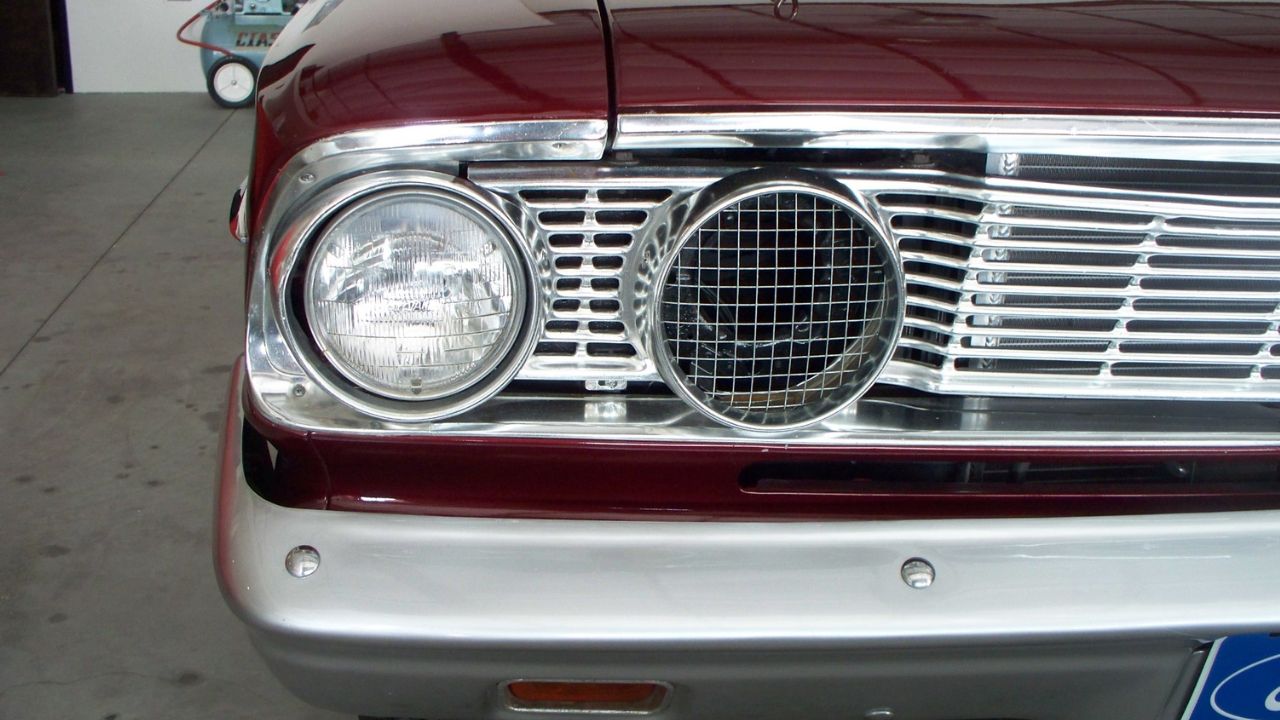
The Thunderbolt’s success had a significant influence on the development of future muscle cars. Its combination of power and lightweight design set a precedent that other manufacturers would follow. The concept of a factory-built drag racer became a popular trend, inspiring a new generation of performance vehicles.
Ford’s innovation with the Thunderbolt demonstrated the potential of combining engineering prowess with racing heritage. This influenced not only Ford’s future models but also the broader automotive industry, shaping the direction of muscle car design for years to come.
Notable Wins and Achievements
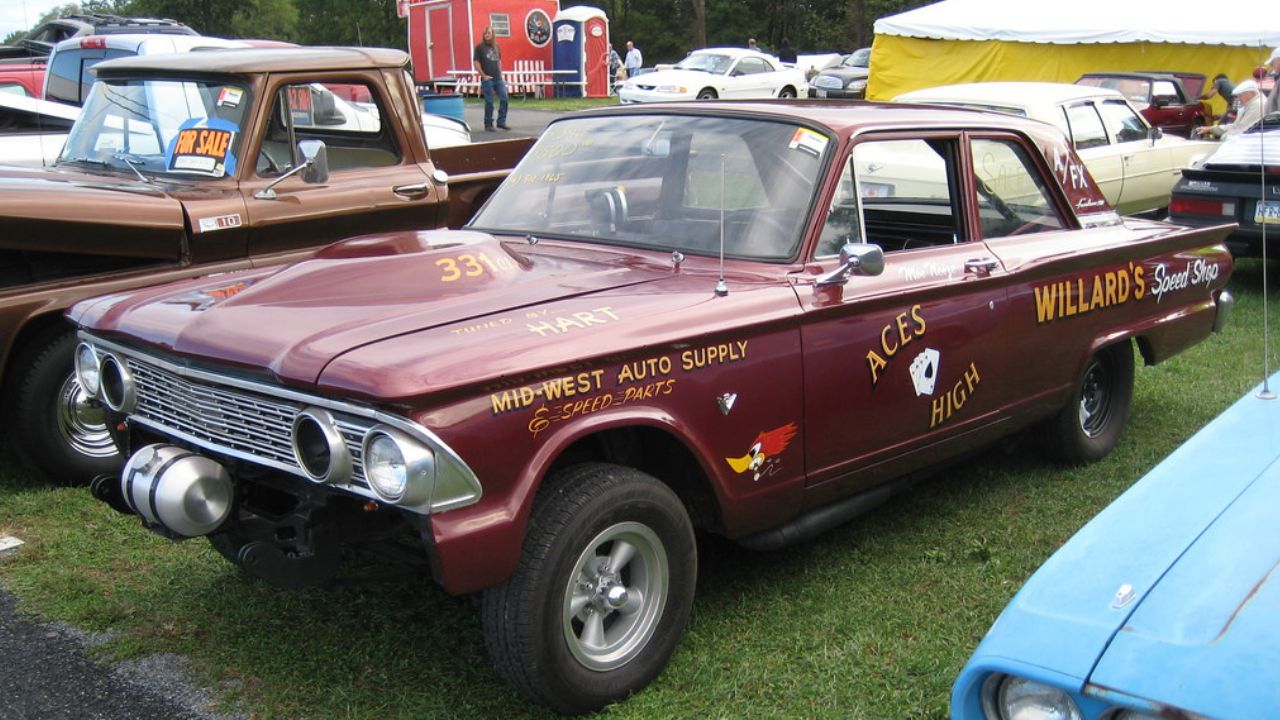
The Thunderbolt’s dominance on the drag strip was marked by numerous wins and accolades. It consistently outperformed competitors in the NHRA Super Stock class, earning a reputation as a formidable opponent. The car’s performance was a testament to Ford’s engineering capabilities and strategic vision.
These victories were not only a source of pride for Ford but also a validation of the Thunderbolt’s design and capabilities. The car’s achievements on the track continue to be celebrated by enthusiasts and serve as a reminder of its storied racing past.
Legacy and Collectibility Today
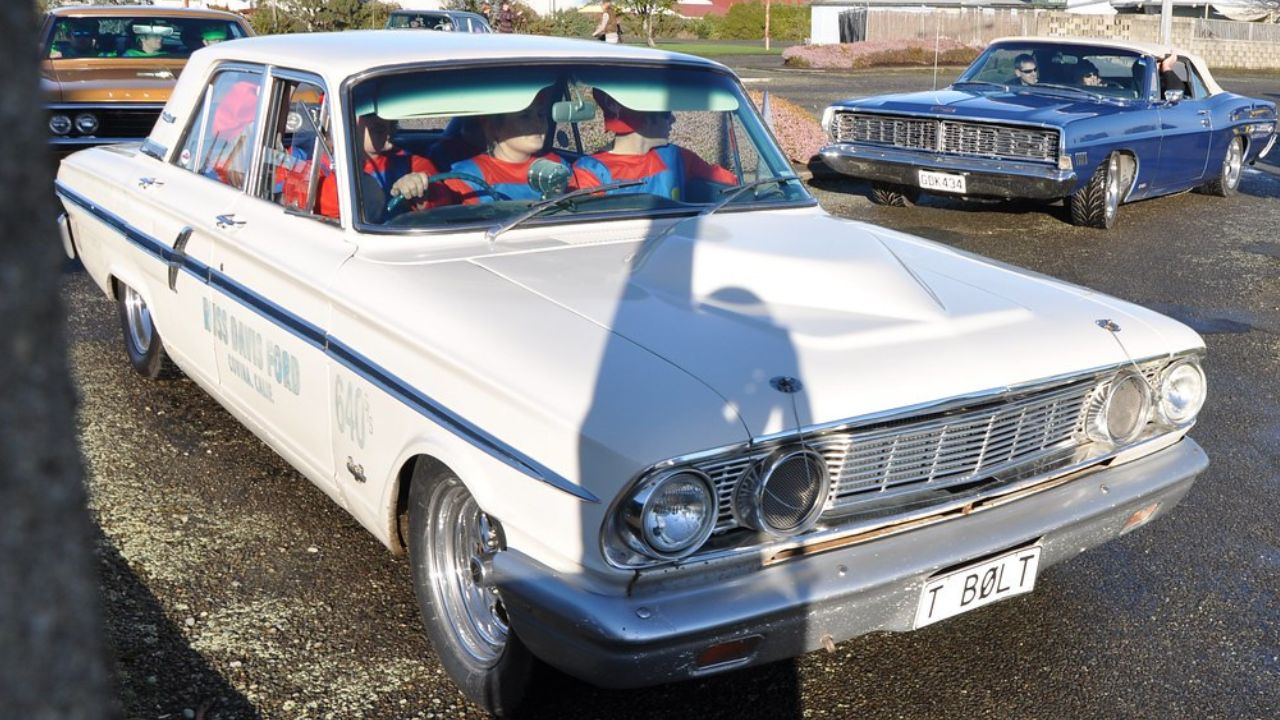
Today, the 1964 Fairlane Thunderbolt is revered as a classic and is highly collectible. Its rarity, coupled with its racing pedigree, makes it a prized possession among collectors. The Thunderbolt’s legacy extends beyond its performance; it represents a pivotal moment in automotive history.
Enthusiasts and collectors continue to admire the Thunderbolt for its innovative design and racing success. Its enduring appeal is reflected in its value at auctions, where it consistently commands high prices.
Like Fast Lane Only’s content? Be sure to follow us.
Here’s more from us:
*Created with AI assistance and editor review.

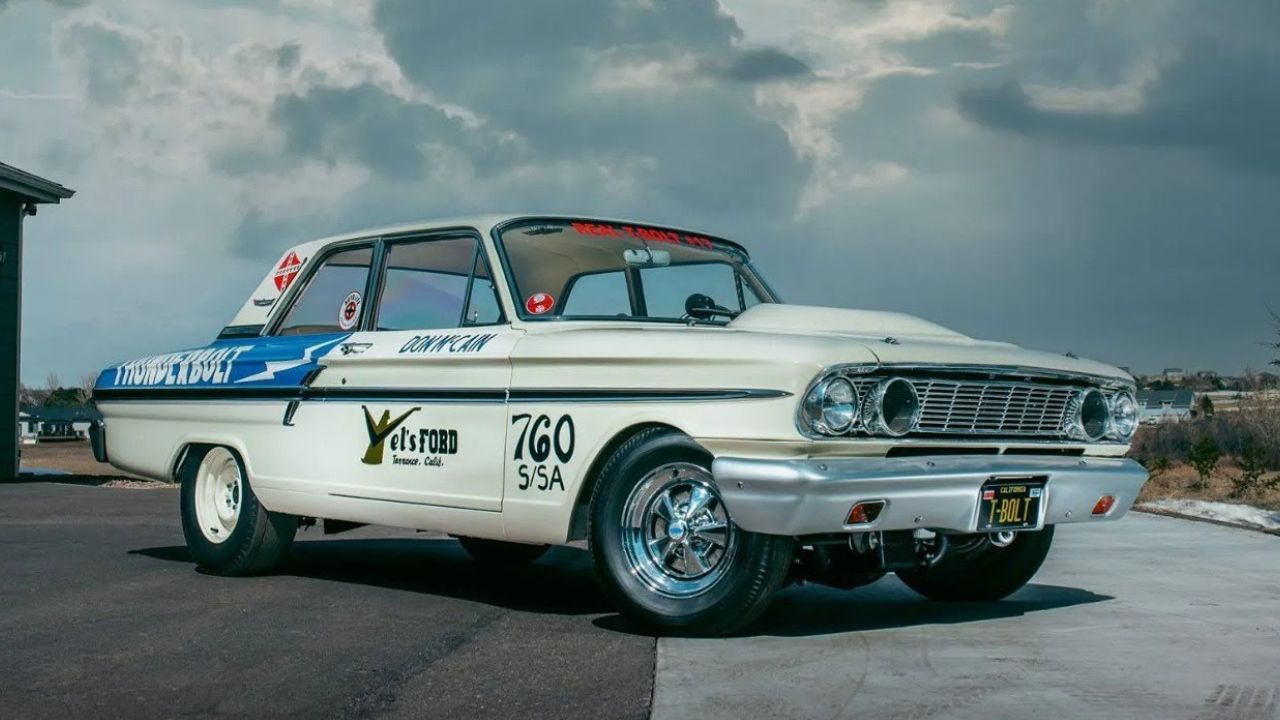
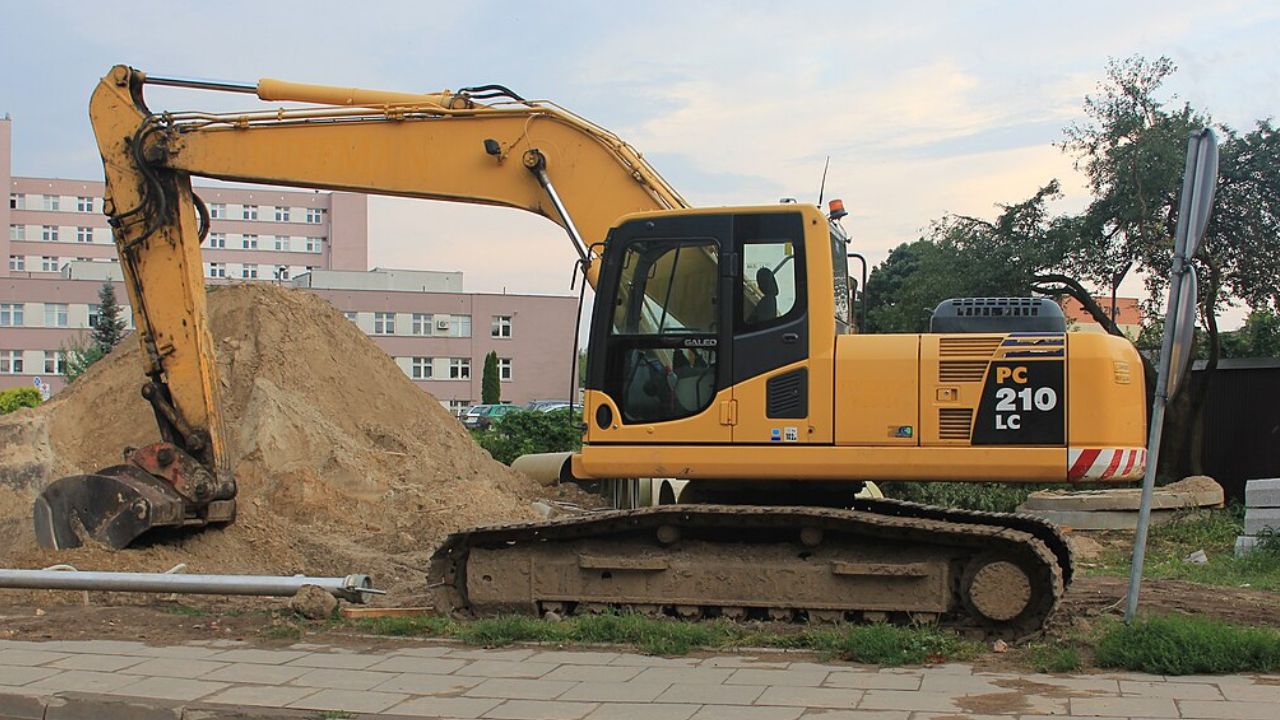
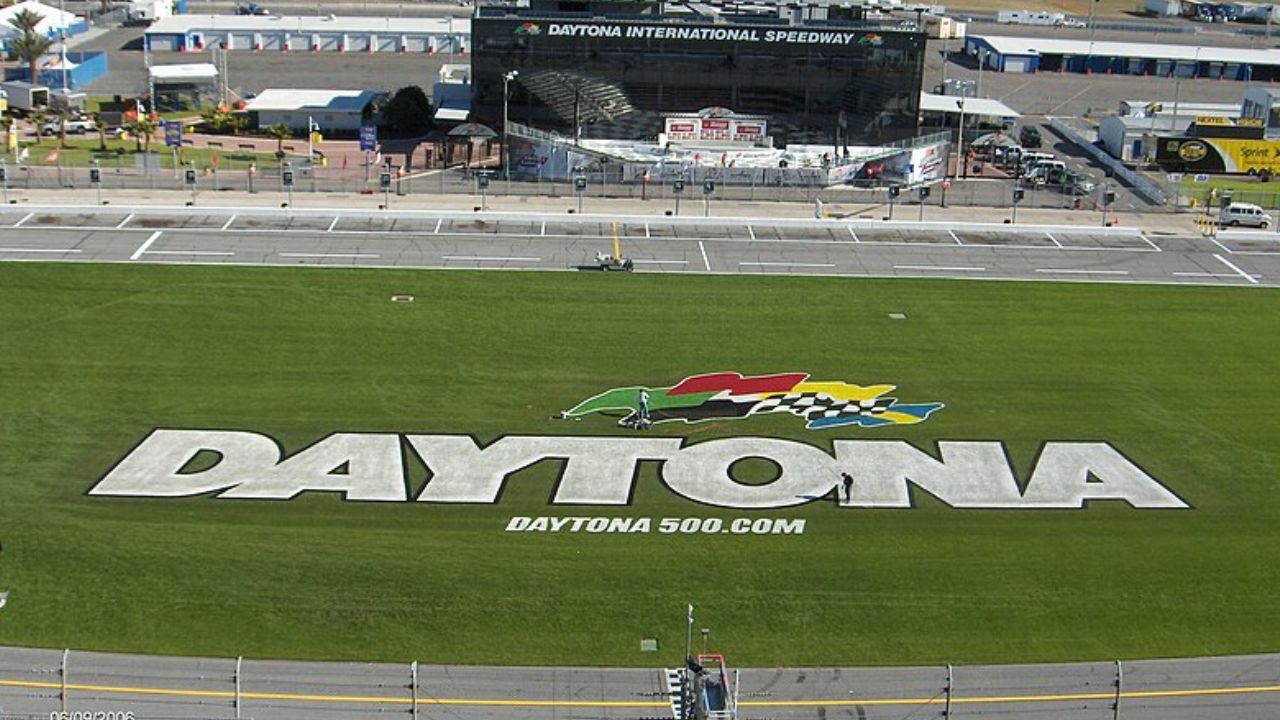
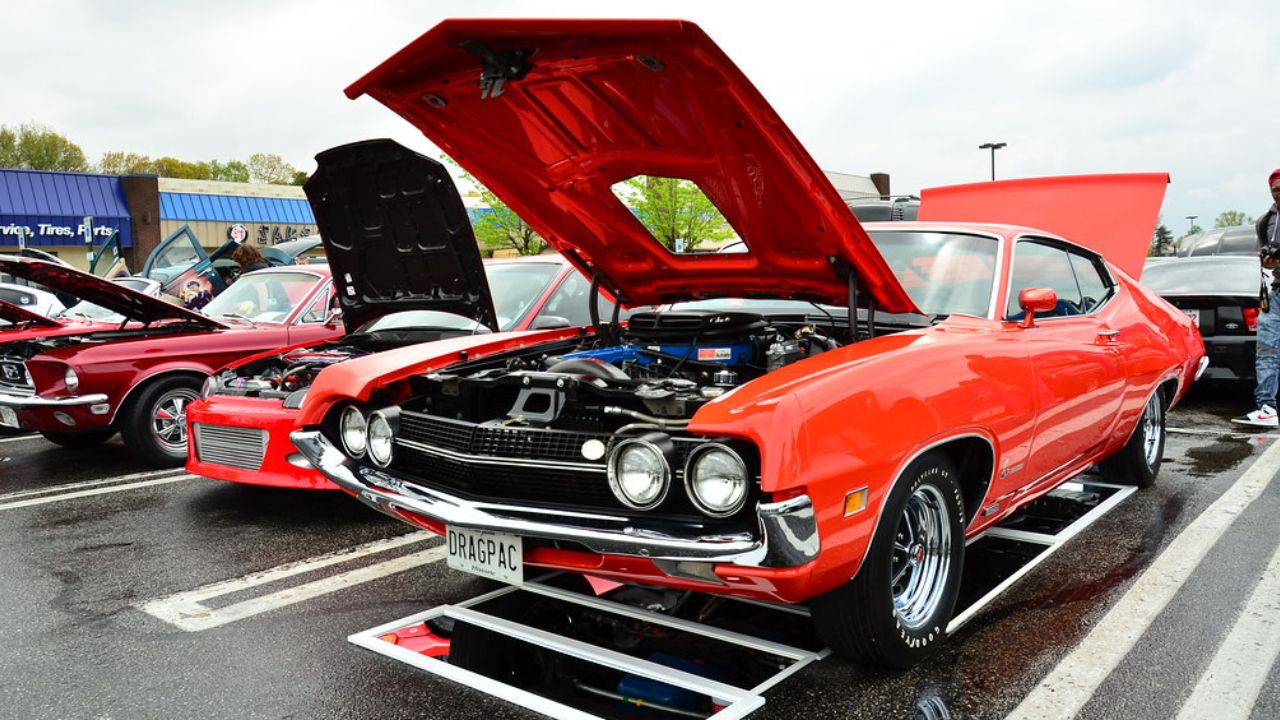

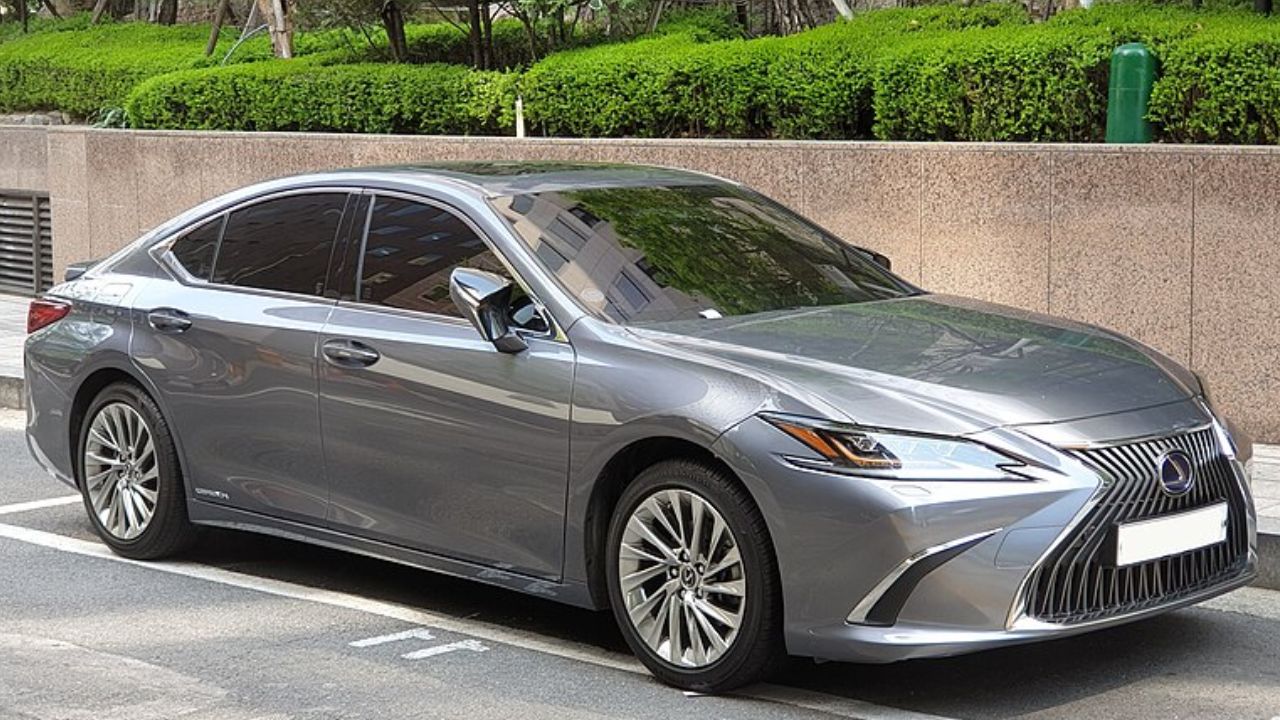
Leave a Reply